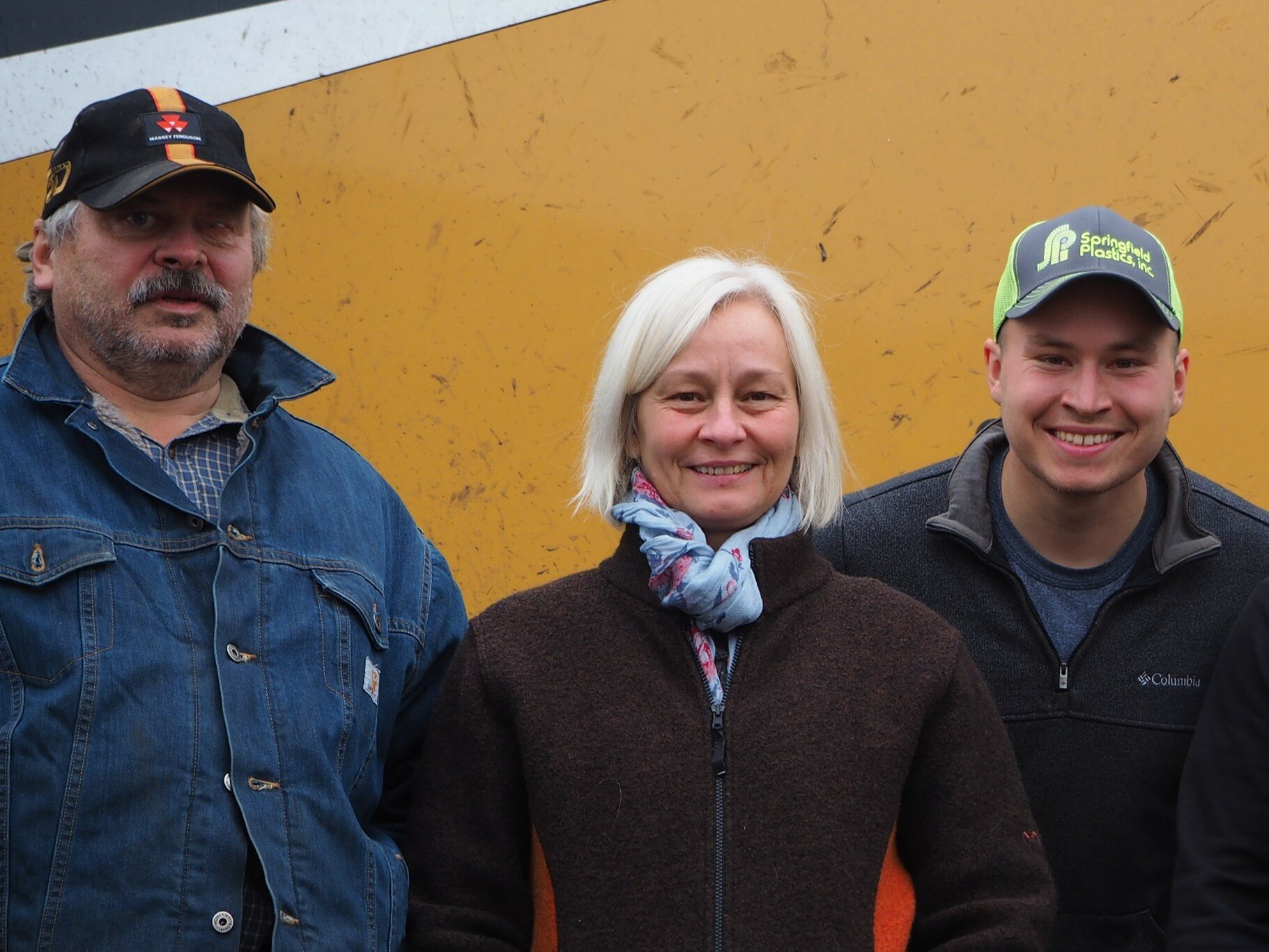Lutz Förster – Efficient farming in Canada
Interview by Erminia Ciarleglio, DLG
DLG member Lutz Förster emigrated with his parents in 2009. In Canada he appreciates the practically orientated faming with little bureaucracy.
Mr Förster, please introduce your farm.
Our main crops are canola, wheat and some barley. Typically, we seed in May and harvest late August to October. We have a humid continental climate, about 450 mm precipitation. Most of that falls during our summer months with winters being very cold and rather dry. Some years we have snow in May and September. Because of our short season we have to be rather highly mechanized and even than harvest can be cut short by incoming winters.
Normally, our yields are 2.2-2.8 t/ha canola, 3.5-4.5 t/ha hard red spring wheat and 4-5 t/ha malting barley. Most grain is stored on farm in either silos or grain bags. It is then shipped out over the following year until next harvest. All our canola is sold to our two local canola crush plants. Our wheat either goes for export or is shipped to domestic milling plants.
Why did you move to Canada, what attracted you to the profession of a farmer?
Moving to Canada was mostly a lifestyle decision. Farming here is a very practical occupation with little bureaucracy. We spend a lot of time working outside on our farm vs being in the office. We have a high percentage of owned land and live in a neighbourhood with many other family farms.
I am 29 and farm around 2100 ha in East Central Saskatchewan together with my parents. We emigrated from Mecklenburg, Germany, in 2009 and bought our current farm in 2013.
My father is a farmer, along with his ancestors. Thus, I grew up on a farm and always wanted to farm since I was a child. Growing up I realized the opportunities of being able to create my own flexible job description on the farm. That is a luxury not many people have.
Canada's agriculture is considered modern and high-tech: What do you think about precision farming?
Canadian farmers are quick to adapt technology which allows them to save on inputs. Autosteer is on nearly every farm. Sectional control on large air drills and pwm systems on sprayers are also very common. There are many farms trading equipment very frequently, so there is always a supply of late model equipment.
There is a sizeable use of variable rate application maps, however the adoption is not as mainstream as the before mentioned technologies.
On our own farm we are not quite as advanced yet. All our equipment has autosteer and we recently upgraded our sprayer to a model with pwm. Agronomically our main focus in the last few years has been improving drainage by installing tile drainage and surface drains. This will help us improve the poor areas in our fields first before implementing VR.
I also strongly believe that if green on green spraying technology becomes financially viable, the adoption in the prairies will be rapid
What are the main challenges facing agriculture, with particular reference to the differences between Canada and Germany?
I like to think Canadian governments make their policy decisions based closer on science and less on emotion. For instance, the neonic debate has also been present in Canada. Neonics are a very important tool for us in the prairies for protecting our emerging canola from flea beetles. Luckily the government recognizes the importance of this tool. While they are limiting the use of this insecticide, they are limiting the amount of active ingredient used. Thus, since canola seeding rates are so low, it is not affected.
However, we can see the tide shifting in other areas. With governments coming together to tackle climate change, we see some more European like approaches. An example for this is the announcement of a 30 % reduction in fertilizer use. So far nobody really has an idea of what this is supposed to look like. We are concerned this might be poorly planned.
Canada also has a carbon pricing system which currently prices CO2 at $ 50/ton. It is set to increase to $ 170/ton in 2030. While our farm fuel is exempt from taxes we do pay on our natural gas and incur higher costs because the exemption does not include our suppliers.
Canada also relies heavily on exporting our grains. Some of our practices are scrutinized in other parts of the world even though our own institutions have deemed them as acceptable. This can sometimes be used to create trade barriers with little justification.
Given our farm's annual revenue we receive very little subsidies. This gives us more leverage when it comes to policy. The government knows how critical a healthy agricultural sector is for the rural economy and therefore generally is more inclined to keep our interests in mind.
What do you expect of DLG membership in supporting your business activities?
DLG keeps us informed on the latest trends in agricultural technology and what agriculture looks like in other parts of the world. It is nice to see what topics are at the forefront in Germany, since it may give us an idea of what is coming towards us here eventually.
I also enjoy the DLG podcasts for informing myself when I do not have the opportunity to sit down.







